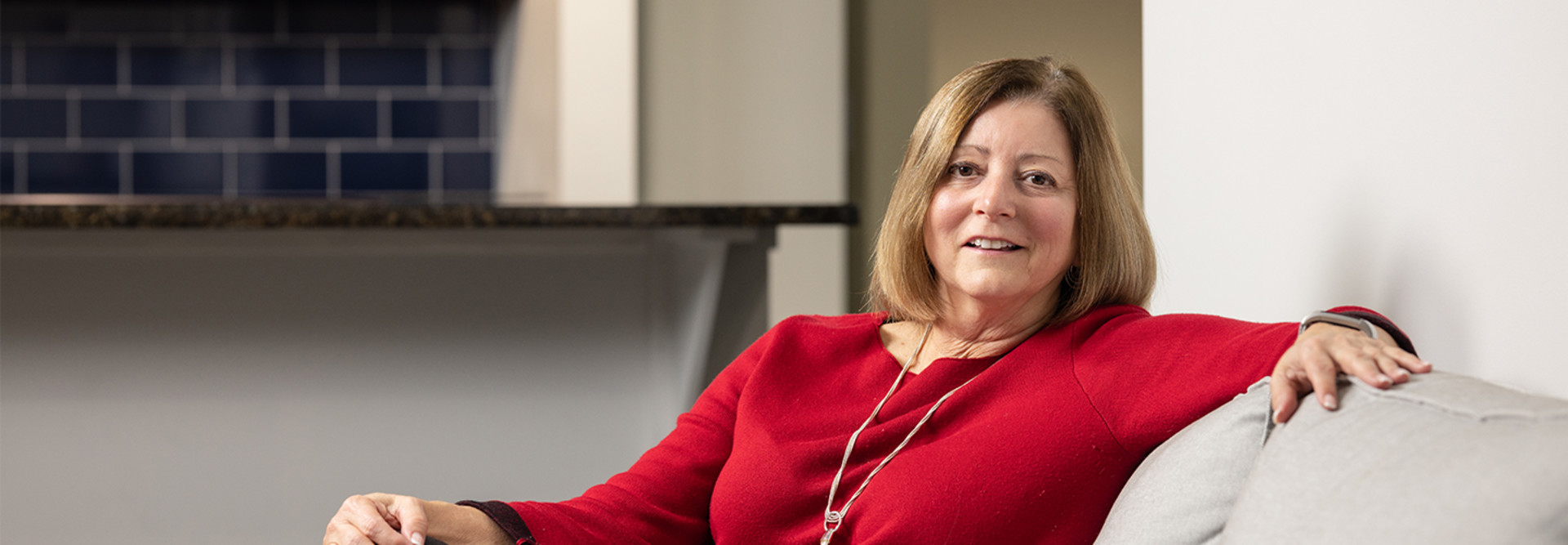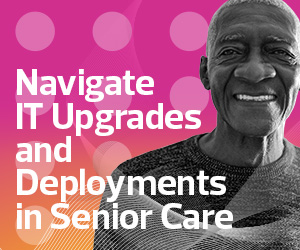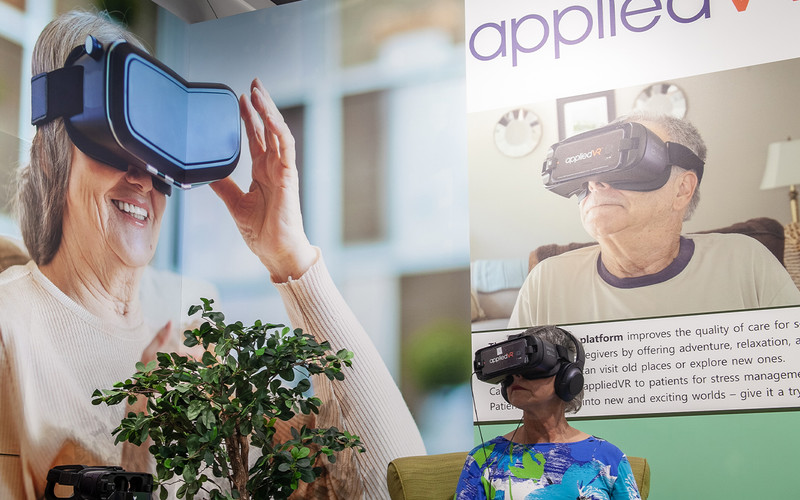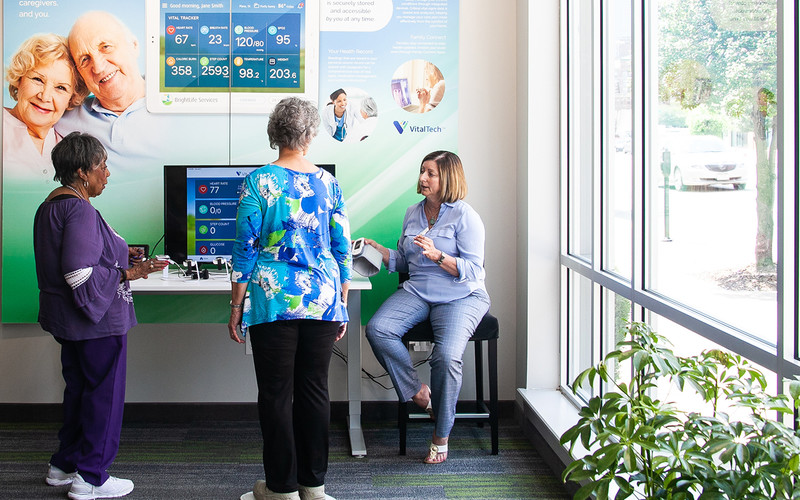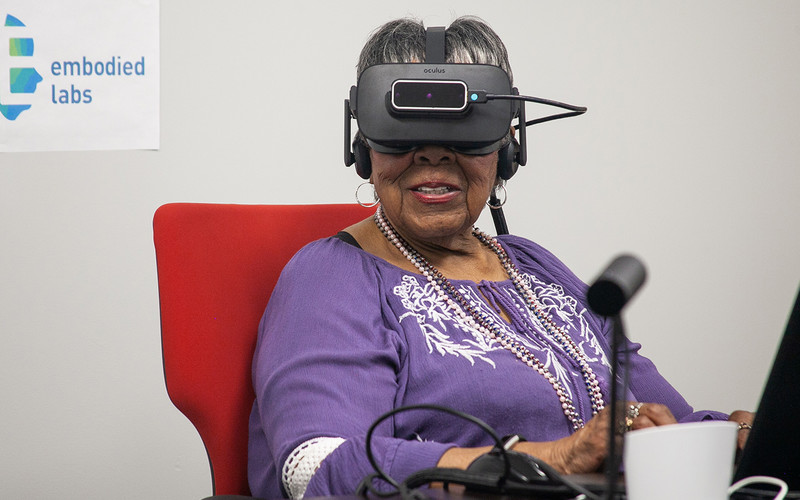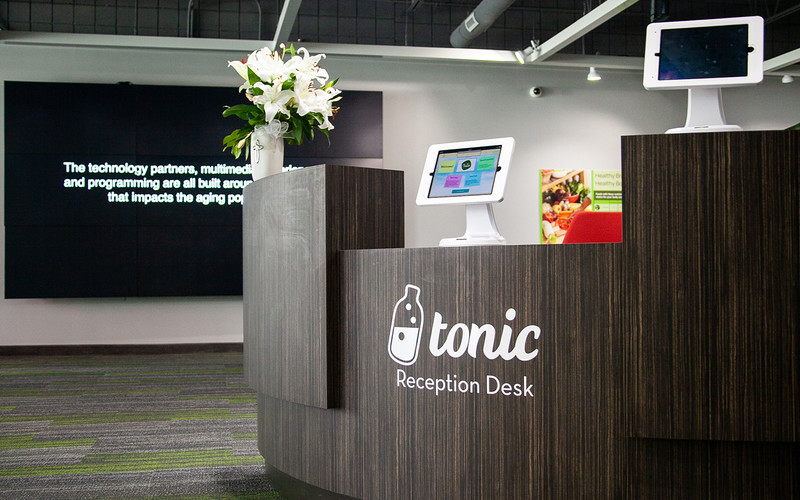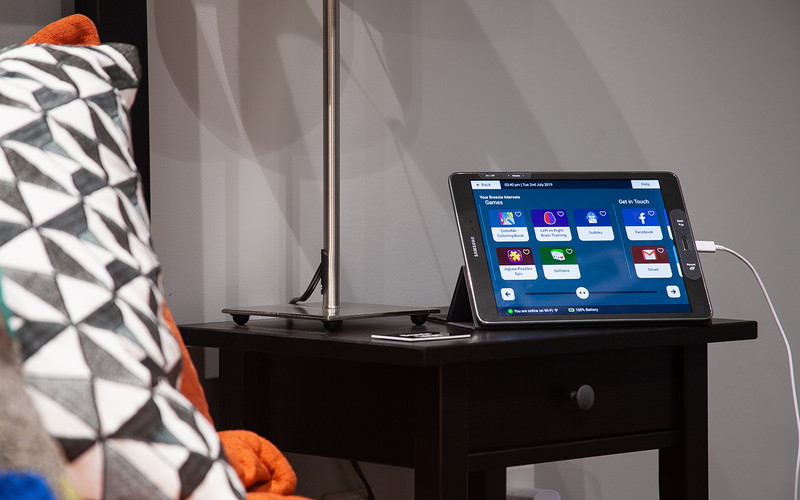HEALTHTECH: What are the highest-priority issues for senior care organizations in 2023?
ROSE: I think it would be workforce and staffing issues, especially in the post-acute area. Unfortunately, because of the COVID-19 pandemic, we saw so many people leave healthcare. Staffing has always been an issue, but it reached critical status during the pandemic. Now, organizations are really trying to recover, so they’re looking for solutions that can augment their workforce and make workflows seamless — not a lot of logins, not a lot of devices, more cloud-based solutions that will really drive efficiency and mobility, because that’s going to be key to a lot of them keeping their doors open. For any IT leader working in post-acute care, it’s going to be about asking, “How can we augment the workforce shortage and help with staffing issues, smoother clinical workflows and ease of implementation?”
EXPLORE: Three senior care tech trends to watch in 2023.
HEALTHTECH: During the 2022 LeadingAge Annual Meeting + EXPO, you spoke about how technology can alleviate staffing shortages. Could you expand on that?
ROSE: We talked a lot about smart home technologies, and when I say smart home, it may not be your home address; it could be independent living or assisted living within a continuing care retirement community. With these smart technologies, it’s really following up with that individual and keeping them independent for as long as possible, where they’re not transitioning into higher levels of skilled care. For technologies such as a smart toilet seat, you may ask, how does that augment staff? Well, if you're in a memory care unit, patients are not going to tell you if they have a urinary tract infection. You're not going to know if they've been drinking or they’re dehydrated. The smart toilet seat is actually able to analyze and alert the staff on changes in condition to prevent further complications and before symptoms arise. Technologies can replace manual check-ins and integrate with the nurse call system.
We're also looking at a lot of home sensor-type technologies where, with artificial intelligence, you can track movement with nonintrusive motion detection. Yes, there are a lot of wearables on the market to help with tracking vitals and wandering, but at a certain point, as dementia progresses, wearables are not appropriate. A smart watch or Life Alert may be left on the shelf. So, they may be at home, but you need to monitor them to know they got out of bed, that they haven’t fallen, that there was an attempt made to open the refrigerator or if they left the premises.
Voice assistants, such as Alexa and Google Assistant, have also been a tremendous help. There’s so much you can do with resident engagement technologies and voice assistants. I have had people say, “I don't like them listening into my conversations.” But if you’re visually impaired or have mobility issues, you would look at it differently. Voice assistants can help augment a person’s experience at home and help them maintain their independence. They can use it to turn up the thermostat, turn on the lights, ask for the weather forecast or make a call to a family member.



